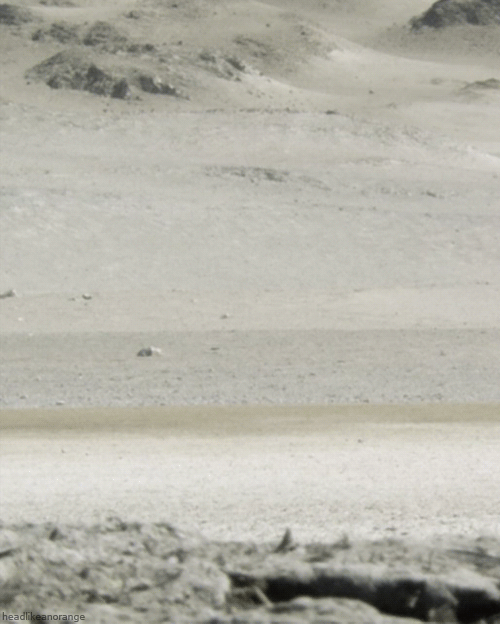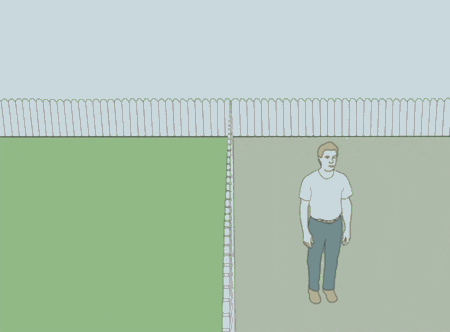There’s not much mystery behind how a distributed team works. We show up, in our respective locations, talk to each other, and make stuff happen. The alchemy of coming together to make it work is the same that any team experiences when they build something together. There are a lot of ingredients that go into that magic, and these days, people’s physical proximity to each other is not necessarily one of them.
Like many of the teams we serve, our own iDoneThis team is dispersed. While we experience both the challenges and benefits of the form, what stands out is how naturally that form compels teams to consider and resolve the process of daily collaboration. When we get down to it and count the ways we love distributed teams, we see the alignment of four elements — company culture, communication, productivity, and the right people — that help make the magic happen.

half of the magic-making iDoneThis team






